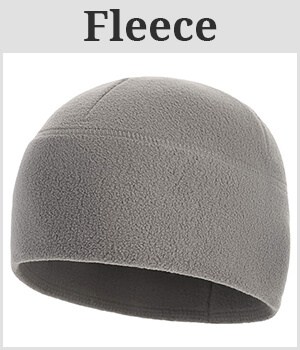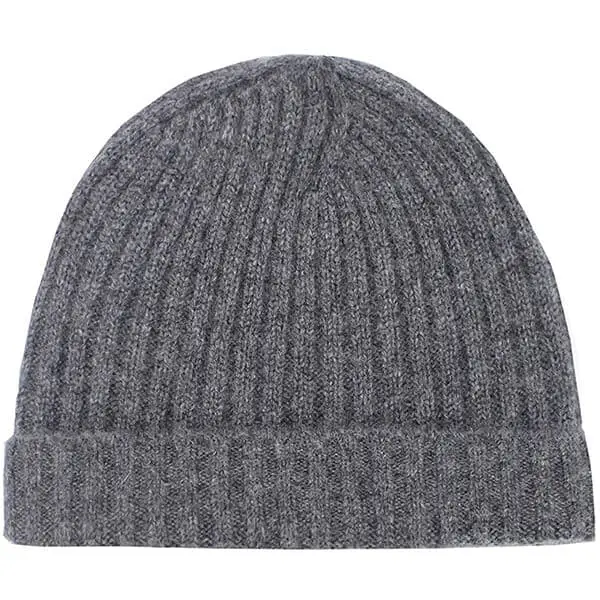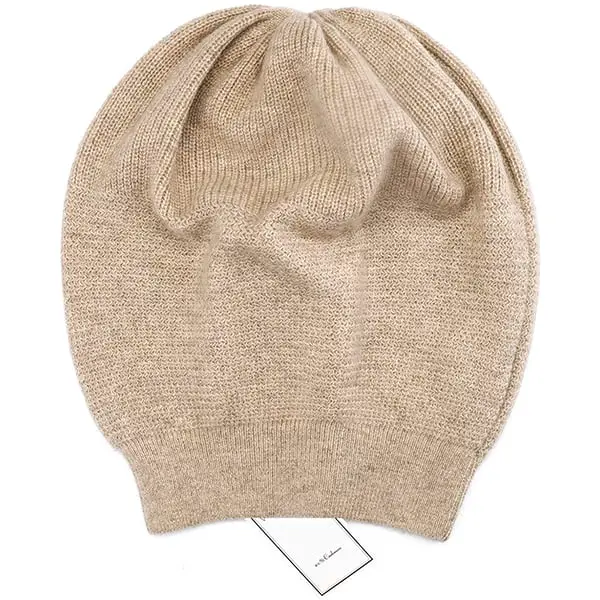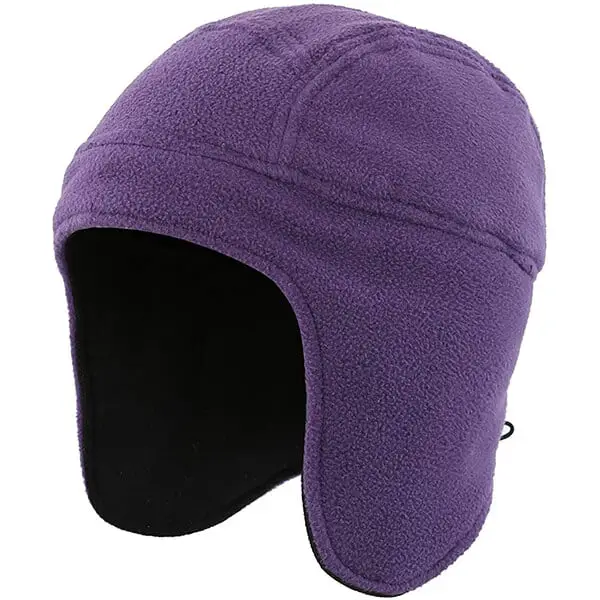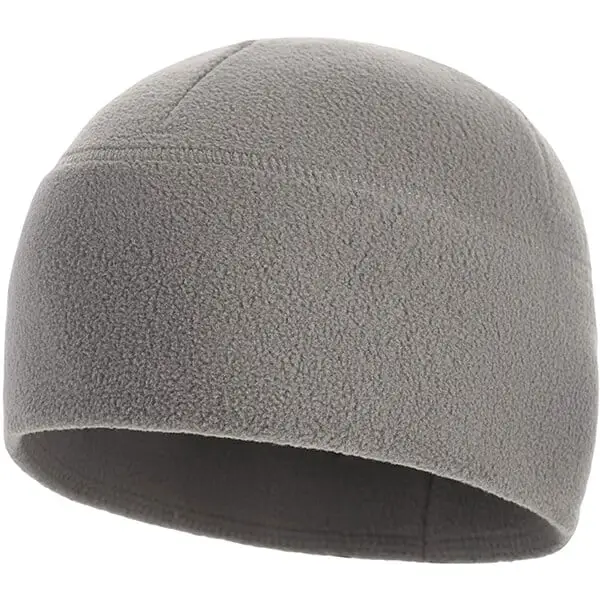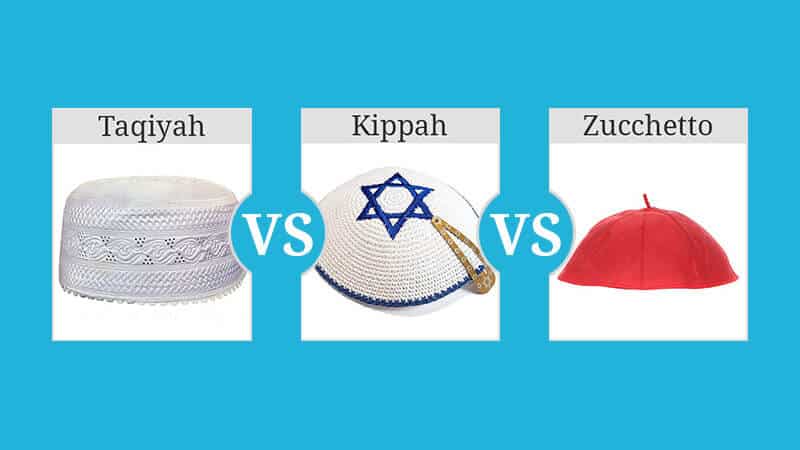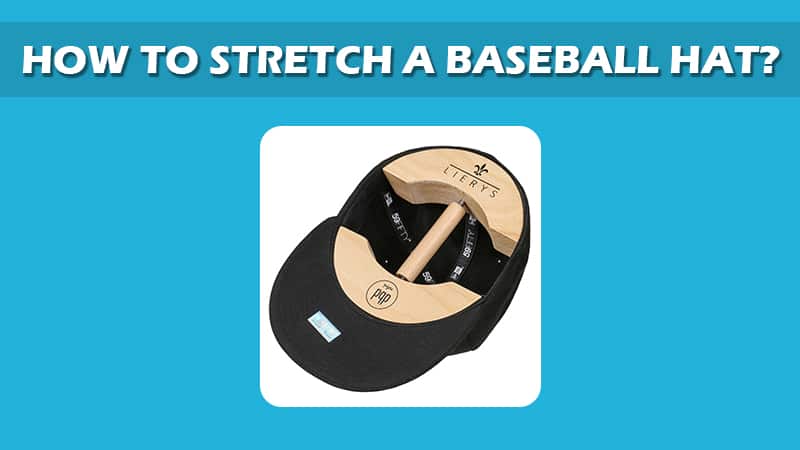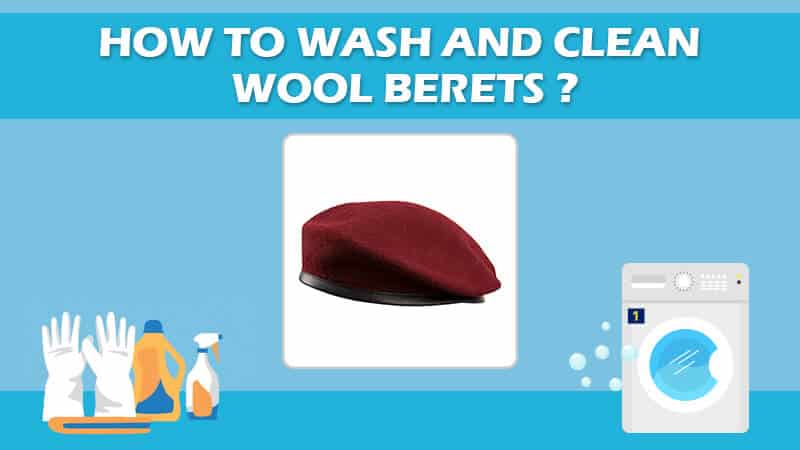Taqiyah vs Kippah vs Zucchetto, it's not so much a debate as an interesting comparison.…
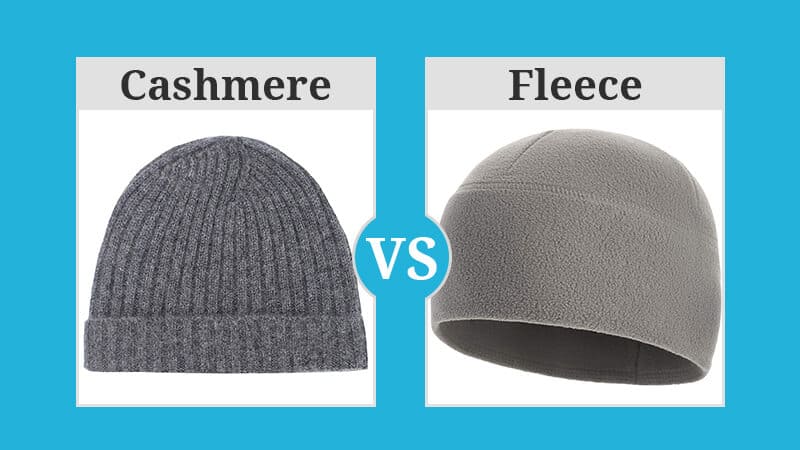
Cashmere vs Fleece. What Is the Difference? (With Pictures)
There are several varieties of winter fabric. Each variety has its own insulation capability, is sourced differently, and has a varying texture, among several other differences. Cashmere and Fleece are two such varieties of winter fabric. This post focuses on explaining Cashmere vs Fleece in detail. We hope this will help you decide which is best for you.
The Main Difference
The most notable difference between cashmere vs fleece is how these materials are sourced or made.
Cashmere is an animal product. It comes from the Cashmere or the Pashmina goats. These goats have two layers of fur, Cashmere fur is the lower layer.
On the other hand, Fleece is a synthetic fabric. It doesn’t come from any animal. It is a variant of polyester and, therefore, a derivative product of plastic.
What’s Warmer Cashmere or Fleece?
In isolation, Cashmere is much warmer than Fleece. Although Cashmere is a strong fabric and, therefore, warmer, it takes a lot more time to dry when it gets wet. So if worn in the rainy season, it won’t be highly effective on the warmth parameter. On the other hand, if Fleece gets wet, it dries quickly, so it is warmer.
However, on other side of the coin, the insulation quality of Cashmere is much more robust, even when wet. So while it’s wet, it prevents higher emission of body heat loss. This keeps the body warmer in comparison to Fleece, which has a much lower insulation quality when wet.
So if a clear winner must be chosen, Cashmere is the pick because not only can it give equivalent warmth when dry, but it also prevents heat loss when wet. The bottom line is that it has a slight upper-edge.
What Are Cashmere and Cashmere Fabric Properties?
Cashmere has its origin in the region of Kashmir in Northern India. Further, the fabric is made from the fur of the Cashmere and Pashmina goats. It is a type of wool that is considered to be the softest. Due to its warming qualities, it is a frequently used fabric for making winter coats, sweaters, gloves, hats, and the likes. It might be a little less insulating than sheep wool, but the softness compensates for lower insulation.
Production of Cashmere is a multi-step process that begins at ‘Shearing’ and ends at ‘Packaging’ of the end-product. These steps can be understood through the below flow diagram:
- Shearing: This is the process of extracting the fur from the goat. It can be done in a cruelty-free manner and therefore is considered sustainable and ethical
- Cleaning: Dirt and impurities are cleaned
- Combing: Uncurling of fibers and bundling them into groups
- Spinning: Bundled fibers are spun together to make the yarn
- Cleaning & Dyeing: The second round of cleaning is undertaken, and then the coloring is done
- Weaving: End products such as the sweater or a hat are woven out of the yarn
- Final touches: A few necessary finishing touches are given
- Packaging: Finally, the products leave the production unit and go out on sale

Cashmere is considered a luxury product, and therefore, understanding the different grades is essential. The thumb-rule is, the thinner the fabric, the better it is. There are three grades of Cashmere:
- Grade A: This is the best quality fabric. Every fiber has a diameter of only 14-15 microns. Each fiber is 34-36mm long. Higher the grade, the more durable, beautiful, and softer the product
- Grade B: The diameter of the fabric is 19 microns. This makes it thicker and less durable
- Grade C: The cheapest quality product having a 30micron diameter. It is not soft to touch.
It might not be easy to figure out the quality of the product by just looking at it. Although the higher the price, the higher is the quality, this is not always a good indicator. Softness and itchiness are the two best indicators of quality.
Properties of Cashmere Fabric
Some of the most common properties of the fabric are as follows:
- Color: The original color of Cashmere can be brown, white, or gray. However, the dyeing process leads to the magnificent coloring seen in the end products
- Finesse: Cleaning and combing processes remove all the impurities in the wool, giving it the silky texture
- Tangible properties: It is cylindrical, soft, and silky
- Insulation: Moisture-absorbent and high insulation
- Durability: It is a delicate fabric, should not be worn for an extended time
- Wash care: Cashmere should never be machine washed; it is hand wash only
What Are Fleece and Fleece Fabric Properties?
Fleece is a polyester variant. It is a wool alternative used in winter-wear. At times it is known as polar Fleece too. Below flow diagram shows the process in a graphic format:
It is produced by heating petroleum derivative products at very high temperatures. The liquid so formed is cooled down in a metal container known as the spinneret. When the liquid comes in contact with the air, it takes the string form. These strings are then woven into the yarn and used for making clothes.
As it is a synthetic material, it is considered more ecologically-friendly.
Properties of Fleece Fabric
Some of the most common properties of the fabric are as follows:
- Hydrophobic: This is one of the top qualities of Fleece because it doesn’t hold water for long. It dries very quickly and is beneficial in rainy seasons
- Wash Care: It can be washed in the machine; this makes it easier to clean.
- Non-Animal Insulator: It is a wool alternative not derived from animal fur. Therefore, it is a cruelty-free fabric
- Inexpensive: It is affordable both for producers and consumers.
- Non-Itchy: In comparison to Cashmere or Wool, it is less or non-itchy
- Lightweight: As compare to wool, it is much lighter to use.
However, some of the negative properties of the material also need to be considered:
- Non-Windproof: The material loses its insulating properties in very windy weather.
- Non-renewable resources: As it is produced from petro products, it uses non-renewable resources. These are not very environment-friendly
- Not suitable for high temperature: It is flammable and can melt quickly if exposed to high temperatures
Cashmere Hats Vs Fleece Hats
| Comparison Properties | Cashmere Hats | Fleece Hats |
|---|---|---|
| Uses (for) | Semi-Formal Occasions, Outdoor Adventure, Stylish Accessory | Casual Occasions, Less Windy Outdoor Activities, Light Weight Winter Wear |
| Advantages | Soft, warm, windproof | Lightweight, non-itchy, synthetic |
| Disadvantages | Itchy, takes a long time to dry, animal product | Non-windproof, relatively less warm, can melt at high temperature |
| Durability | Less Durable | More durable |
| Weight | Heavier than Fleece | Lighter than Cashmere |
| Waterproof Material | Non-water-phobic | Water-phobic |
| Easy to Clean | Hand wash only | Machine Wash & Hand Wash |
| Available Size | Free Size | 20″, 21.5″, 22.5″, 24.5″ |
| Types and Styles | Beanie, slouchy beanie, hooded scarf, hooded cowl, | Beanie, Beret, Bonnet, Skull cap, Snood |
| Cost & Price | Starting from $40 can go up to $300 | Starting from $10 can go up to $100 |
What Are Cashmere Hats for?
Cashmere hats have a fancy look, and therefore, they can be used at parties as a stylish accessory. As they are much warmer, they are perfect for frigid regions and windy places. They are also a fashion statement as they are considered to be a luxurious piece of clothing.
What Are Fleece Hats for?
Fleece hats are more casual, cool-looking hats. They are perfect for the rainy season as they are water phobic and dry very quickly. However, the material can melt at a very high temperature. They are useful for daily and casual use, but if you are going for heavy adventure sporting, then they might not protect you well against the wind.
The Best Cashmere Hat
This is a 100% cashmere classic style men’s beanie hat. It has a sophisticated look and comes in three different colors. It is warm and soft. It can be worn for several adventure activities such as skiing and snowshoeing. Further, it can also give you a relaxed and casual look. It comes in an attractive gift box, making it a perfect Christmas and New Year’s gift for your loved ones.
This is a 100% cashmere women’s beanie hat. It has a stylish look and comes in several different colors. It is made from fine cashmere fibers, which have a maximum diameter of 19 microns. Therefore, it is either Grade A or Grade B cashmere. This makes it very soft to touch, less itchy, and very warm. It can be worn on several occasions ranging from semi-formal to casual. Further, gift-box packaging is also lovely.
The Best Fleece Hat
Final Thoughts
Both Cashmere & Fleece are good options for hats. Each has its own pros and cons. Overall, Cashmere is warmer but not suitable for the rainy season, while Fleece is not suitable for the windy season. Each has a different look and, therefore, is a style statement for several occasions. Cashmere is exceptionally soft but an animal product, while Fleece is a great vegan option.

